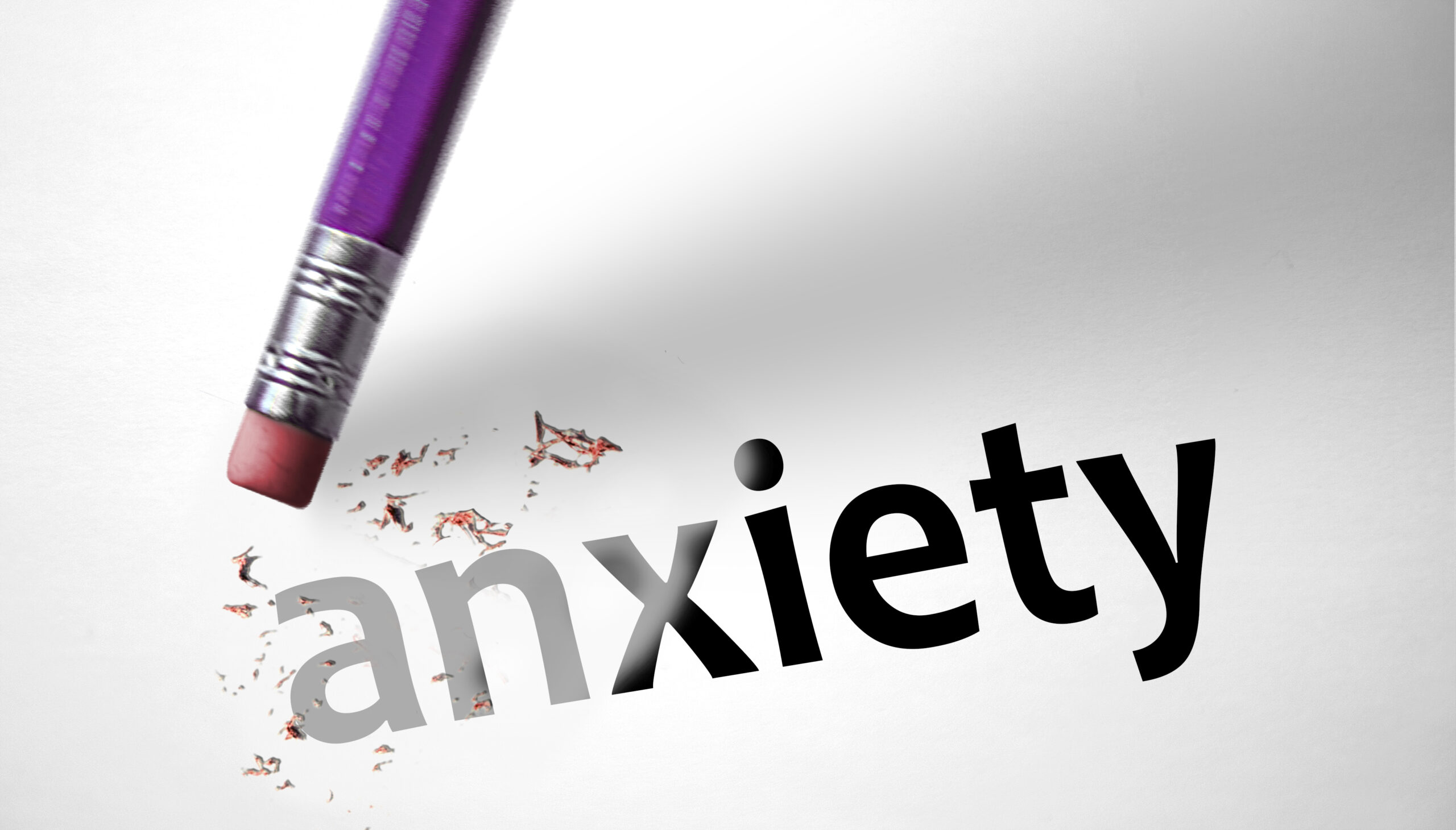Your cart is currently empty!

How to Control Your Anxiety with One Simple Technique
When it comes to treating anxiety, there are two essential parts: identifying the triggers and managing the symptoms. Identifying the triggers can be challenging without the help of a therapist, but managing the symptoms is something you can learn to do on your own. If you could consistently manage your response to anxiety, you wouldn’t be so fearful of triggers, especially if the reaction it triggers is very mild. Consider this scenario: if every time you got behind the wheel, you felt intense anxiety or had a panic attack, you would understandably want to avoid driving. Who wouldn’t, right? That’s just human nature. But what if there was a way to manage that anxiety, like adjusting a dial to a lower, more manageable level and keeping it at that level throughout your drive? You wouldn’t have to avoid driving anymore, and you might even challenge yourself to confront and overcome it. Now, what if you could apply that concept to any trigger? This trigger could be a social situation, an activity such as attending a meeting or interview, a person—like a critical work supervisor or partner, or a place, like the scene of an accident. How beneficial would that be? Well, it can be done, and I will tell you how.
The technique I’m referring to is called controlled breathing. If you’ve been looking for a way to reduce your anxiety, you may have come across this technique and even tried it without success. However, before you dismiss it, I urge you to keep reading, as it can change your life. If you’ve been living with anxiety for a long time, chances are you’ve been breathing shallowly as well. Taking a deep breath might seem like a chore, but understanding the science behind deep, slow breathing and its powerful ability to control anxiety symptoms will make you want to give it a try and stick with it. You see, there is a specific way and time for it to work correctly. Unfortunately, not many therapists know the science behind it. This is why they might mention “breathing”; when you’ve tried it, it hasn’t succeeded.This is something you can learn on your own. If you can begin the healing process by managing the severity of your symptoms and then seek additional help from a therapist to identify the triggers, you will have a better chance of overcoming your anxiety. Learning to apply the breathing technique correctly and successfully reduce your anxiety to a more manageable level will boost your confidence in controlling it in anxiety-provoking situations. This means you will no longer need to avoid situations and be restricted by them. Over the past 25 years, I have successfully treated anxiety in people. I developed the video “Heal Your Anxiety,” which simulates the first two sessions I typically conduct with clients. The main goal of the video is to help others by demonstrating the therapeutic techniques I use with my clients during their initial two sessions. These techniques help individuals manage their anxiety, gain the confidence to step out of their comfort zone and confront anxiety-provoking triggers instead of avoiding them. Imagine the difference it would make in your life if you could achieve this. Remember, you need to learn how to control your breathing to a level that prevents the symptoms from becoming overwhelming. Practice this technique, and once it starts to work, keep practising until it becomes a natural habit. Watch my video “Heal Your Anxiety” if you are ready to start the healing process.

